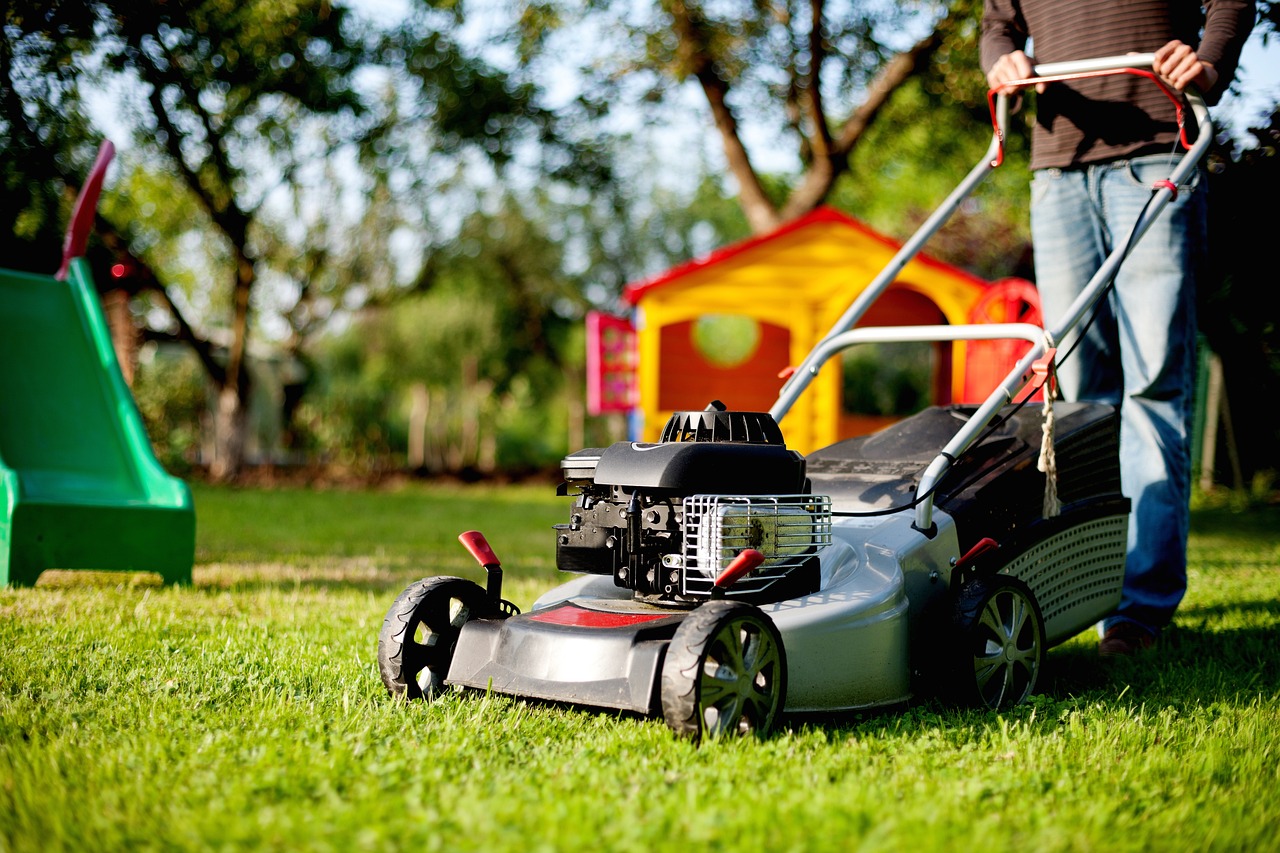
How to Maintain Your Lawn and Garden: Seasonal Tips for Homeowners
Understanding your landscape’s seasonal needs is essential for maintaining a healthy lawn and garden. Seasonal lawn care not only encourages lush, vibrant growth but also helps prevent pests, infections, and other lawn-related problems. Each season brings its own set of difficulties and opportunities; understanding how to deal with them is essential for maintaining a healthy yard all year.
Spring Lawn Care Strategies
As the snow melts and temperatures increase, spring is a critical time for regeneration. The following tactics can help your grass get a strong start to the growing season.
Aeration Techniques for Healthy Grass Growth
Aeration is the process of creating holes in the soil to allow air, water, and nutrients to reach the roots. This procedure decreases soil compaction, promotes new growth, and enhances overall lawn health. Aerate your lawn when the grass is actively growing, which is normally in late spring.
Seeding Methods for a Lush Lawn
Spring is an excellent time for overseeding, which includes spreading grass seed over an existing lawn to fill in barren places and increase density. Use a broadcast spreader to ensure even distribution. To achieve the best results, select a grass variety that matches your existing lawn.
Effective Weed Control Practices
Spring is the peak season for weed growth; therefore, preemptive actions are needed. Use a pre-emergent pesticide to keep common weeds from germinating. Regular mowing and keeping a healthy lawn can help discourage weed growth by encouraging dense grass that competes efficiently.
Summer Lawn Care Strategies
As temperatures rise, you must adjust your care regimen to maintain your lawn healthy.
Ensuring Heat Resistance in Your Lawn
Choose heat-resistant grass species and maintain the optimum height during the warm months. Taller grass provides shade for the soil, lowering evaporation and fostering healthier roots.
Efficient Watering Techniques for Hot Months
Watering early in the morning is ideal since it helps the grass absorb moisture before the heat of the day. Use deep watering techniques instead of regular superficial watering to promote deeper root penetration.
Pest Management and Prevention
Summer can attract a variety of lawn pests. Check your grass for insects and illnesses regularly. Use organic pest management whenever possible to keep your garden’s ecosystem balanced.
Fall Lawn Care Strategies
As temperatures drop, fall provides an important window for preparing your lawn for winter.
Strengthening Lawns for Winter Dormancy
Fertilizing in the fall offers essential nutrients that boost grassroots before winter dormancy. This approach also primes your lawn for rapid growth in the spring.
Implementing Protective Measures Against Winter Stress
Consider overseeding your grass with a hardier variety to increase its endurance in harsh winter conditions. Adding a layer of mulch can help retain moisture and provide insulation during colder months.
Winter Lawn Care Strategies
Lawns go into dormancy throughout the winter months. Thus, a loving approach is important.
Maintenance Practices for Dormant Lawns
While your grass may appear lifeless, it still requires attention. Limit foot traffic to avoid damaging dormant grass. Clean up fallen leaves and trash to keep the area tidy and allow sunlight to reach the grass when it heats up.
Managing Hardscapes During Winter
Winter can be harsh on hardscapes such as patios and pathways. Clear snow and ice regularly with shovels or blowers to avoid material damage and maintain safe access to your property.
Year-round lawn and Garden Management
Incorporating Smart Technology for Efficient Care
Smart lawn care technologies, such as autonomous sprinklers or soil moisture monitors, can help streamline your lawn management routine. These instruments allow for more precise treatment while also conserving water, ensuring that your grass remains healthy throughout the year.
Selecting Effective Tools for Lawn Maintenance
Investing in high-quality lawn care gear will help you complete maintenance duties more efficiently. To extend the life and improve the performance of tools, sharpen them regularly, keep them clean, and store them correctly.
Eco-Friendly Practices for Sustainable Gardening
Implementing eco-friendly techniques, such as composting kitchen waste or utilizing organic fertilizers, benefits both your lawn and the environment. Plant a diverse range of flowers, trees, and bushes in your garden to attract important pollinators.
By following these seasonal suggestions and methods, homeowners can have a thriving lawn and garden that will make them the envy of their neighbors. Each season presents a new opportunity to cultivate and beautify your outside space, thereby contributing to a healthy environment for years to come.
Final Thoughts
Maintaining a lush lawn and garden all through the year demands a great deal of diligence and a keen awareness of the seasonal changes. By understanding the particular needs of each season, from spring’s renewal to the slumber of winter, homeowners can create a lively outdoor space that brings satisfaction and adds value to their home.
Regular lawn maintenance like aerating, seeding, and using efficient watering strategies are essential in the spring and summer. However, the fall season is the best moment to get your lawn ready for winter months, making sure it is stocked with the necessary nutrients for an impressive resurgence in spring. In addition, winter maintenance, while very minimal, is vital to ensure your hardscape and lawn are in good shape.